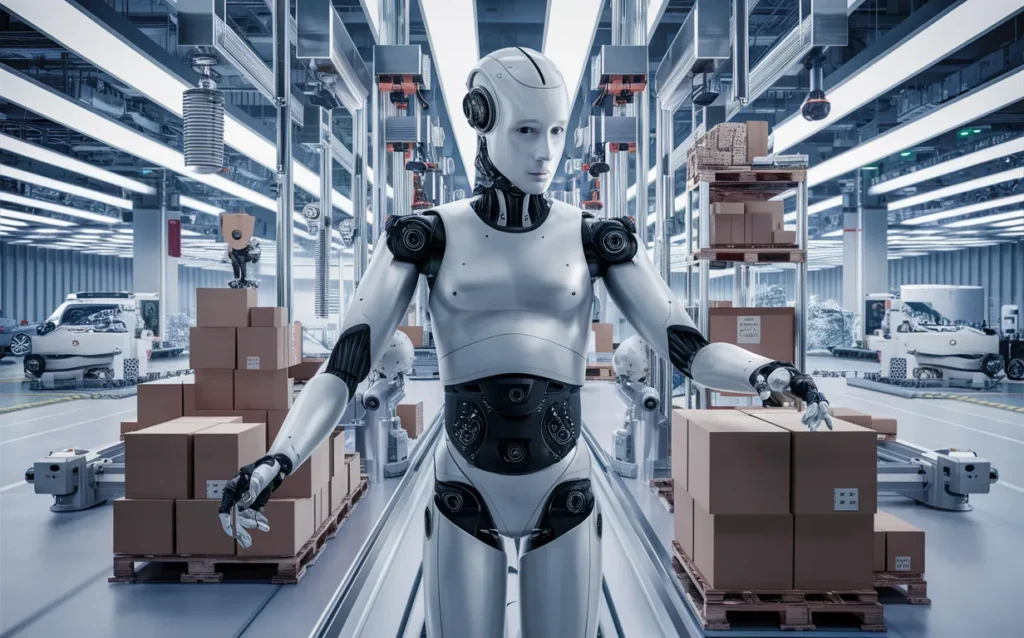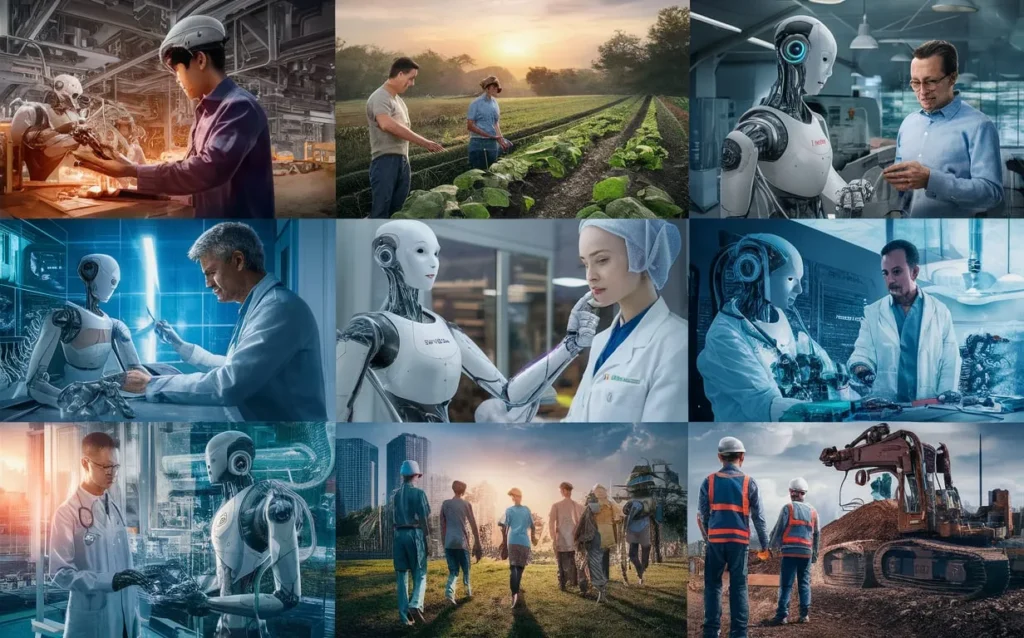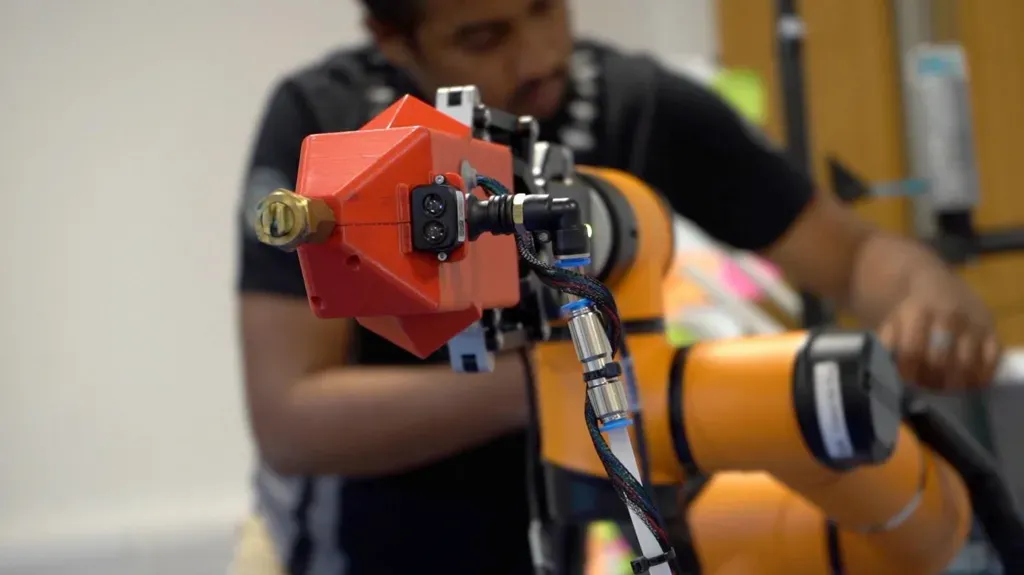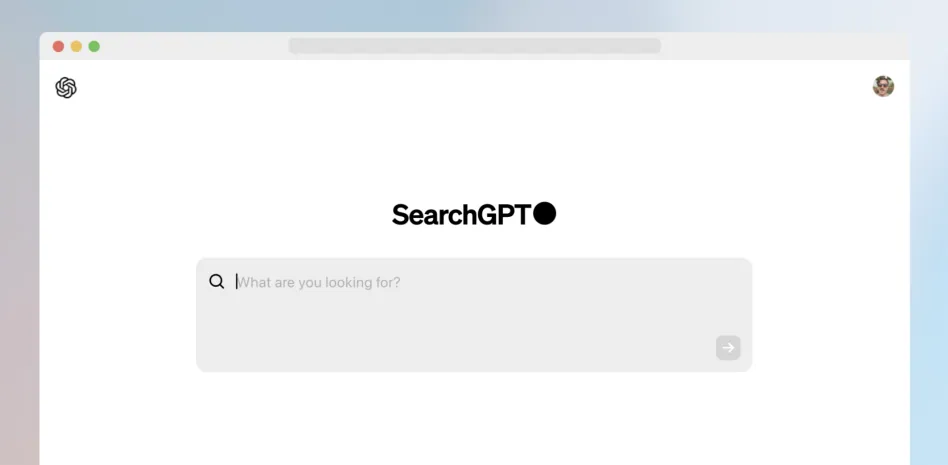Figure 02 and Strider AI Robots: Welcome to the exciting world of robotics and artificial intelligence (AI), where groundbreaking advancements are happening right before our eyes! Today, we’re spotlighting two incredible projects that are turning heads in the tech community. Let’s dive into Figure 02, a cutting-edge humanoid robot developed by Figure, and Strider, a robot engineered by Oxford Dynamics for hazardous environments.
Figure 02 is not just another robot; it’s a humanoid marvel designed to interact with us in ways that are increasingly natural and intuitive. Developed by Figure, this robot promises to bring a new level of sophistication to human-robot interactions. Think of it as a glimpse into a future where robots could become everyday companions, assisting with tasks and engaging with us more like real people.
On the flip side, Strider by Oxford Dynamics is tackling a different challenge. This robot is built for extreme conditions, such as dangerous work environments or disaster zones. With Strider, Oxford Dynamics is pushing the limits of what robots can do in high-risk situations, demonstrating how AI can be harnessed to handle the toughest tasks safely and efficiently.
We’re committed to giving you a detailed look at these innovations, from how they work to their potential impacts on our lives. Stick with us as we explore these technological marvels and break down the future of AI and robotics in an easy-to-understand and engaging way.

Figure 02: The Most Advanced Humanoid Robot?
Figure, a startup founded in 2022, has quickly made a name for itself in the robotics world. After stunning the industry with their first model, Figure 01, in March 2023, the company is set to unveil its latest creation, Figure 02, on August 6th, 2024. With a team of 40 experts, including renowned roboticist Dr. Jerry Pratt, Figure is confident that Figure 02 will be the “most advanced humanoid robot on the planet.”
Figure 02 is designed to address global labor shortages by taking on unsafe or repetitive tasks in warehouses, factories, and retail environments. The company’s vision is to enhance productivity, improve workplace safety, and contribute to a better future. They have pledged never to weaponize their robots, emphasizing their commitment to ethical AI development.
Figure’s Partnership with BMW Manufacturing:
Figure’s collaboration with BMW Manufacturing suggests that we could soon see their robots in real-world applications, further accelerating the integration of AI and robotics into the industrial sector.
The AI Behind Figure 02:
One of the most exciting aspects of Figure 02 is its integration with advanced AI models. While Figure 01 already utilized OpenAI’s GPT-4V model, Figure 02 is expected to incorporate even more sophisticated AI capabilities. This promises to unlock new levels of autonomy and decision-making for humanoid robots.
The Global Race for AI Humanoid Robots:
Figure is not alone in the race to develop AI-powered humanoid robots. Elon Musk, with his Tesla Optimus project, envisions a market for over 10 billion humanoid robots. Nvidia’s Project GROOT and Boston Dynamics’ Atlas are also pushing the boundaries of what’s possible in this field.
| Project Name | Company | Key Features |
| Figure 02 | Figure | Advanced AI, potential for diverse applications |
| Tesla Optimus | Tesla | Competitor to Figure, targeting mass market |
| Project GROOT | Nvidia | Utilizes Apple Vision Pro headsets for AI training |
| Atlas | Boston Dynamics | Focuses on electric motors for affordability and reliability |

Strider: A Robot for Hazardous Environments:
Meanwhile, in Harwell, Oxfordshire, a startup called Oxford Dynamics is developing a robot named Strider. This robot is specifically engineered to operate in hazardous environments where chemical, biological, or nuclear threats exist. Strider’s mission is to replace humans in dangerous situations, safeguarding lives and ensuring safety.

Strider’s Design and Capabilities:
Strider boasts a long, multi-jointed arm for taking readings, collecting samples, and retrieving contaminated objects. Its tank-like treads enable it to navigate challenging terrain with ease. The robot is also equipped with AI software called AVIS (A Very Intelligent System), inspired by Jarvis from Iron Man.
Oxford Dynamics and the UK Ministry of Defense:
Oxford Dynamics has secured a £1 million contract with the UK Ministry of Defense to design, develop, and supply Strider robots. The company envisions building hundreds or even thousands of these robots to protect people and make the world a safer place.
![The company aims to add its AI software to the robot [BBC]](https://www.sarkariyojnaa.com/wp-content/uploads/2024/08/Oxford-Dynamics-Investment-in-Strider-robots-1024x576.webp)
Strider’s Potential Applications:
Strider’s applications extend beyond defense. It could be used in scenarios like the 2018 Novichok attack in Salisbury, where handling contaminated objects posed significant risks to humans. Additionally, the technology behind Strider could be adapted for submarines or fighter jets in the future.
The Future of AI and Robotics:
The development of Figure 02 and Strider represents a pivotal moment in the evolution of AI and robotics. These projects demonstrate the potential of these technologies to transform industries, enhance safety, and tackle complex challenges.
Conclusion:
As AI and robotics continue to advance at an unprecedented pace, the future holds immense possibilities. With companies like Figure and Oxford Dynamics at the forefront of innovation, we can anticipate a world where robots work alongside humans, making our lives safer, more efficient, and more fulfilling. The journey has just begun, and the future is incredibly exciting.









